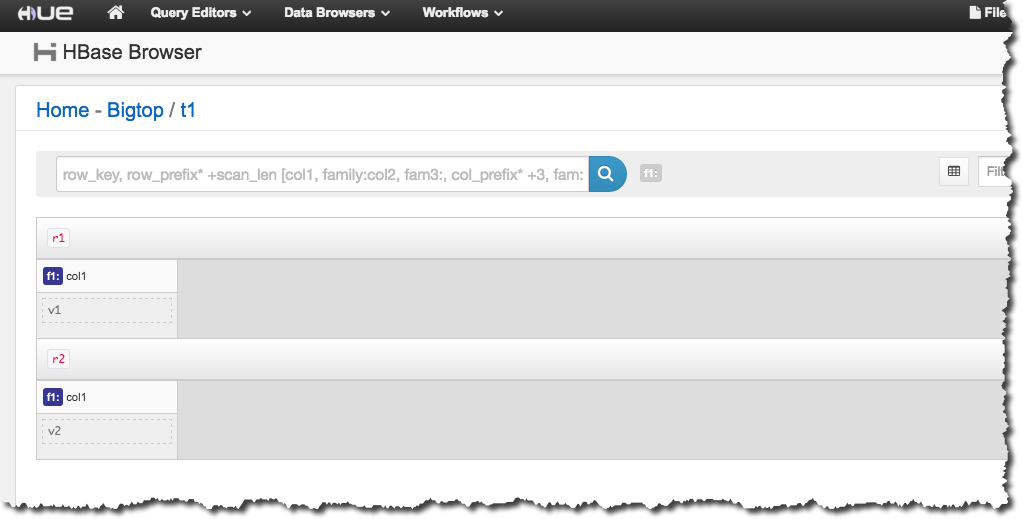View the HBase user interface
Note
The HBase user interface uses insecure HTTP connections by default. To enable secure HTTP (HTTPS), set the hbase.ssl.enabled property for the hbase-site classification to true in your HBase configuration. For more information about using secure HTTP (HTTPS) for the HBase web UI, see the Apache HBase Reference Guide
HBase provides a web-based user interface that you can use to monitor your HBase cluster. When you run HBase on Amazon EMR, the web interface runs on the primary node and can be viewed using port forwarding, also known as creating an SSH tunnel.
To view the HBase user interface
-
Use SSH to tunnel into the primary node and create a secure connection. For more information, see Option 2, part 1: Set up an SSH tunnel to the primary node using dynamic port forwarding in the Amazon EMR Management Guide.
-
Install a web browser with a proxy tool, such as the FoxyProxy plug-in for Firefox, to create a SOCKS proxy for Amazon domains. For more information, see Option 2, part 2: Configure proxy settings to view websites hosted on the primary node in the Amazon EMR Management Guide.
-
With the proxy set and the SSH connection open, you can view the HBase UI by opening a browser window with http://
master-public-dns-name:16010/master-status, wheremaster-public-dns-nameis the public DNS address of the cluster's primary node.

You can also view HBase in Hue. For example, the following shows the
table, t1, created in Using the HBase shell:

For more information about Hue, see Hue.